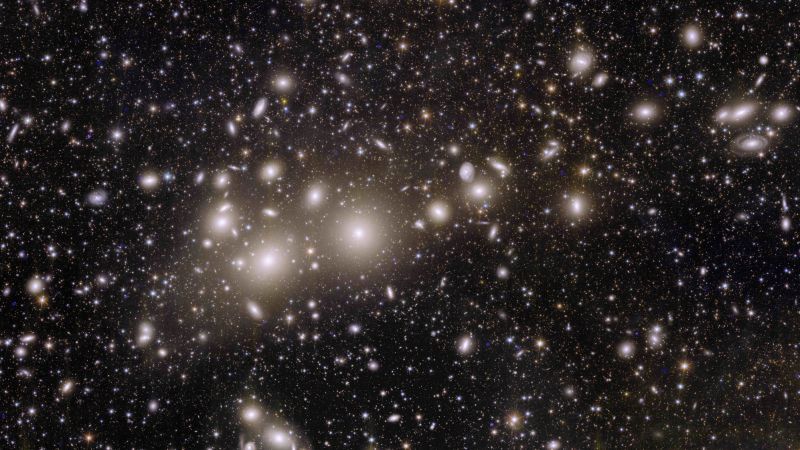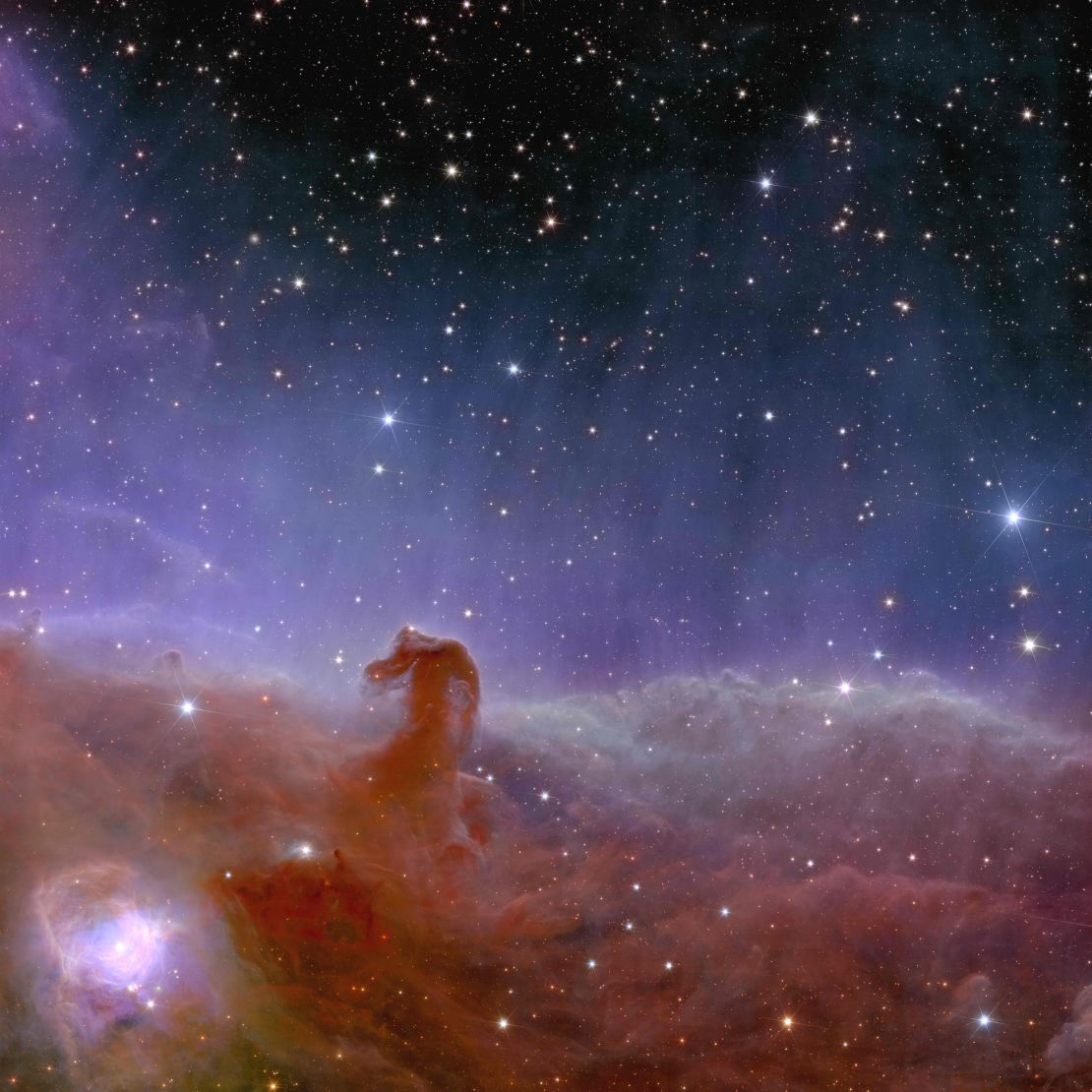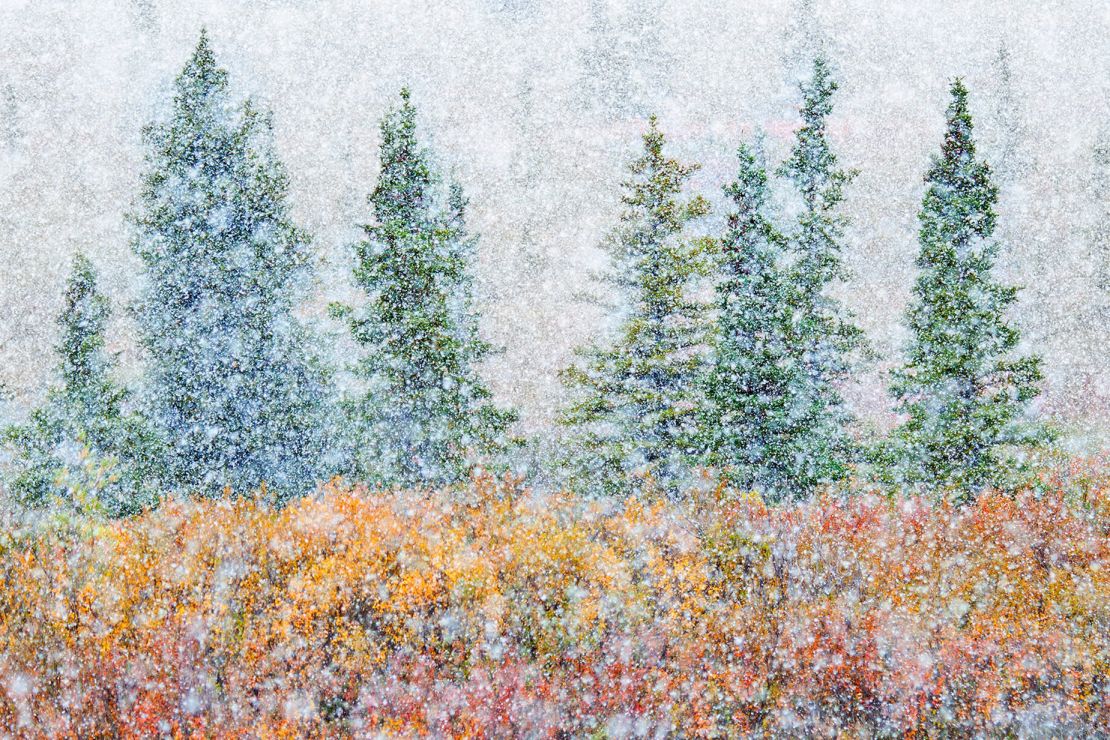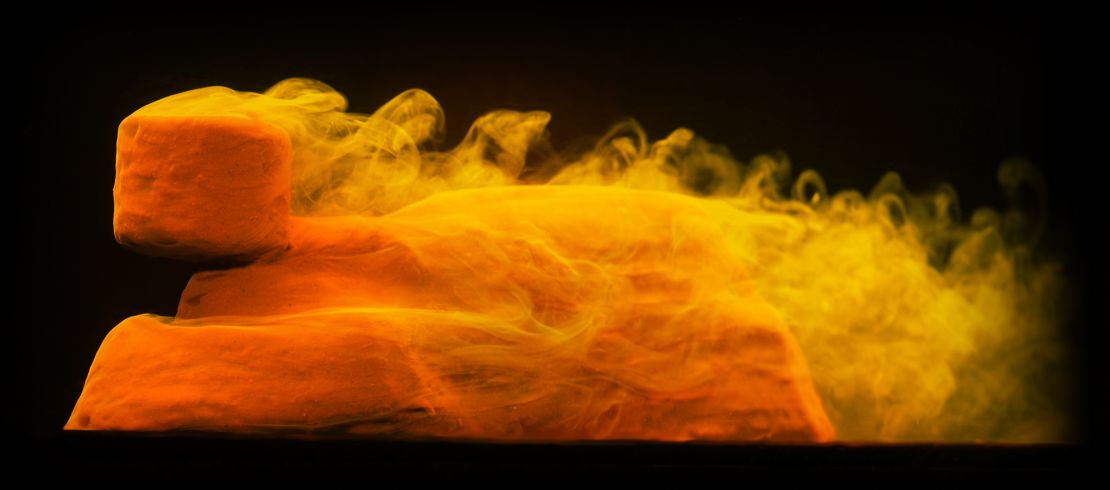
Editor’s be aware: A model of this story appeared in CNN’s Marvel Concept science publication. To get it in your inbox, sign up for free here.
CNN
—
The cosmos is full of sudden surprises.
Observatories such because the Hubble and James Webb house telescopes and the Chandra X-ray Observatory see the universe in numerous wavelengths of sunshine, showcasing new particulars that the human eye would by no means detect by itself.
However when their highly effective capabilities are mixed, the telescopes can unveil much more celestial mysteries, together with the oldest black hole ever found and colliding galaxy clusters that twinkle like a Christmas tree.
In the meantime, missions corresponding to NASA’s Lucy spacecraft are revealing asteroids that might in any other case stay hidden from view. The probe’s cameras shared yet one more new surprise about what’s orbiting around the space rock Dinkinesh in the primary asteroid belt.
Additionally this week, a brand new telescope opened our eyes to a recent perspective of the universe.

The primary 5 photos captured by the Euclid telescope showcase glimmering clusters of galaxies and stars.
The telescope, launched in July, was designed to create probably the most detailed 3D map of the hidden “darkish facet” of the universe. Although invisible, darkish matter and darkish power are each believed to play essential roles within the construction and enlargement of the cosmos.
Euclid has a large area of view, able to capturing 1,000 galaxies inside the Perseus Cluster in addition to greater than 100,000 further distant galaxies within the background in a single picture.
The telescope additionally shared a dreamy and highly detailed panoramic view of the Horsehead Nebula inside the Orion constellation, the place younger planets could also be hiding inside the stellar nursery.
There’s a sleeping big beneath southern Italy that is perhaps reawakening.
A supervolcano left a large despair known as a caldera about 2 million years in the past, creating Campi Flegrei, or the Phlegraean Fields, which stretch for miles from the outskirts of Naples to the islands of Capri and Ischia.
Campi Flegrei’s final main eruption occurred in 1538, making a mountain within the Bay of Naples.
Intensifying seismic exercise has been detected since December 2022. With the opportunity of an eruption looming over what has turn into a densely populated area, Campi Flegrei may be Italy’s most dangerous volcanic threat.

Colourful holes dug by fish, some playful leaping wolves and a second the place fall meets winter are simply a few of the winners of The Nature Conservancy’s 2023 International Photograph Contest.
The grand prize went to Hungarian photographer Tibor Litauszki, who captured an illuminated underwater image of an alpine newt floating on frog eggs.
Among the photos present the impacts of the local weather disaster and people intruding upon the pure world. This week, new analysis steered that, as a consequence of modifications in agricultural land use, 1000’s of crops and animals throughout Europe face the risk of extinction.
Within the Southern Hemisphere, scientists are hopeful as Australia’s Nice Barrier Reef enters coral spawning season, giving rise to the next generation of corals.
Bundles of letters meant for the crew of the French warship Galatée by no means reached their recipients 265 years in the past after the boys had been captured through the Seven Years’ Battle.
Now, the feelings and tales inside their envelopes have been shared for the primary time since they had been sealed with crimson wax and tied with ribbon.
The “treasure field” of letters gives insights into what household dynamics had been like throughout 18th century wartime — together with the saga of a young sailor, his jealous mother and his fiancée.

Mysteries encompass the Nice Sphinx of Giza, together with why and the way it was made.
Area scientist and geologist Farouk El-Baz first proposed in 1981 that if the traditional Egyptians found a pure landform known as a yardang, they might have added floor particulars to create the huge limestone statue.
Yardangs can take form when wind sculpts compact sand, and a few resemble seated animals, often known as “mud lions,” in accordance with Leif Ristroph, an affiliate professor at New York College’s Courant Institute of Mathematical Sciences.
Ristroph and his colleagues got down to recreate the panorama situations from about 4,500 years in the past and carried out erosion exams on clay-model yardangs. The brand new analysis provides proof to the idea that means wind played a role in shaping the sculpture.
These intriguing reads are certain to seize your consideration:
— A diver found greater than 30,000 Roman bronze cash off the coast of Sardinia. The well-preserved artifacts, dated to the fourth century, might suggest the presence of an unknown shipwreck.
— Curious as as to if he “might construct a picket home on the moon or Mars,” Kyoto College researcher Koji Murata needs to check his principle by sending a wooden satellite into space.
— Scientists in China combined two DNA sets to create a chimeric monkey, named for the hybrid creatures from Greek mythology, within the identify of medical analysis and conservation.
— Greater than half of all species dwell inside Earth’s soil, and photographer Andy Murray’s photos have captured the fascinating microscopic animals inhabiting the secret kingdom beneath our toes.
Like what you’ve learn? Oh, however there’s extra. Sign up here to obtain in your inbox the subsequent version of Marvel Concept, delivered to you by CNN Area and Science writers Ashley Strickland and Katie Hunt. They discover surprise in planets past our photo voltaic system and discoveries from the traditional world.



